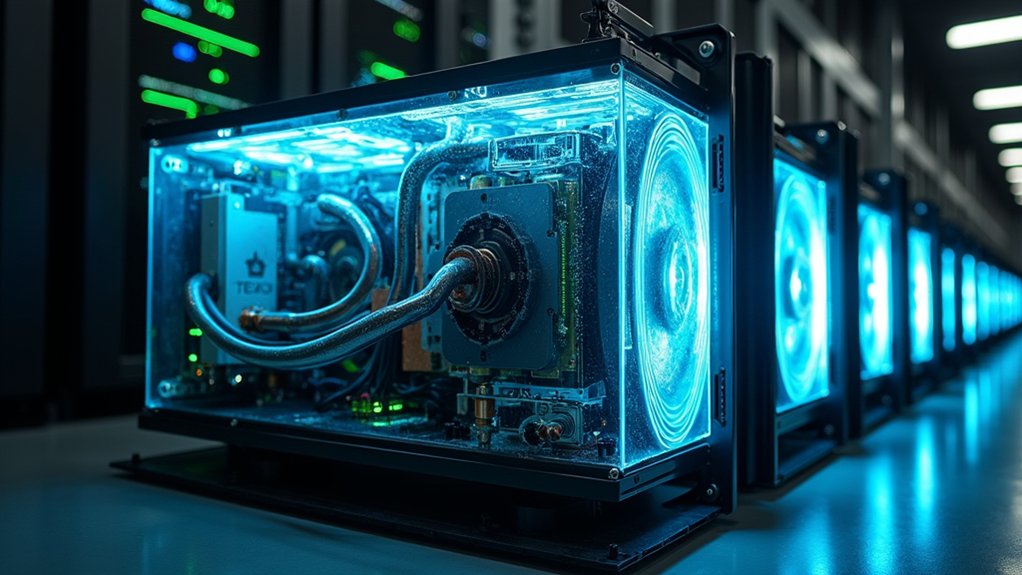While stablecoins continue their march toward mainstream financial legitimacy, a new contender has emerged with serious backing. Plasma just secured a whopping $24 million in Series A funding, led by Framework Ventures and Bitfinex/USDT0. Yeah, that Peter Thiel is involved. And Paolo Ardoino too.
The money isn’t just for show. Plasma’s building something different – a Bitcoin-based blockchain specifically engineered for stablecoins. Their secret sauce? PlasmaBFT, a consensus protocol inspired by HotStuff that promises blazing fast finality and minimal latency. They’re fundamentally creating a Bitcoin sidechain with Ethereum Virtual Machine compatibility. Fancy.
Zero-fee USDT transfers. Let that sink in. While other chains nickel-and-dime users with gas fees, Plasma’s letting people move their Tethers for free. This innovative approach aims to solve the scalability issues that plague current blockchain networks. Custom gas tokens mean users can pay fees in USDT or BTC if needed. They’ve also baked in confidential transactions without abandoning compliance. Smart.
The stablecoin market is huge – like, $169 billion in circulation huge. Plasma’s gunning for USDT specifically, which dominates with 70% market share. Their pitch is simple: be the most efficient blockchain for stablecoin payments, period. Thousands of transactions per second, with Bitcoin’s security blanket underneath. This approach mirrors Reserve’s strategy of creating banking-like services for underserved populations facing high inflation. Like other fiat-backed stablecoins, they’re aiming to leverage the price stability that comes from currency pegging.
Competition is fierce though. USDC is making a comeback against USDT. The Global Dollar Network is pushing USDG. Crypto.com wants in. 1Money is doing… something similar. Everyone wants a piece.
Timing seems good. Regulatory winds are shifting. U.S. senators are drafting thorough stablecoin legislation. The STABLE Act and GENIUS Act are floating around Washington. Banks are circling, intrigued.
Plasma’s approach is technically impressive. They’re using Rust Ethereum for execution and periodically anchoring state diffs on Bitcoin’s blockchain. It’s like they took everything people like about existing systems and mashed them together.
Will it work? The $24 million bet says maybe.





